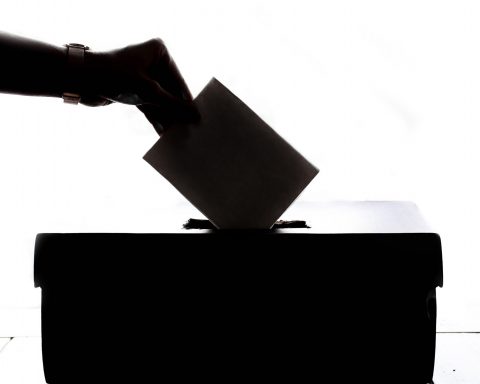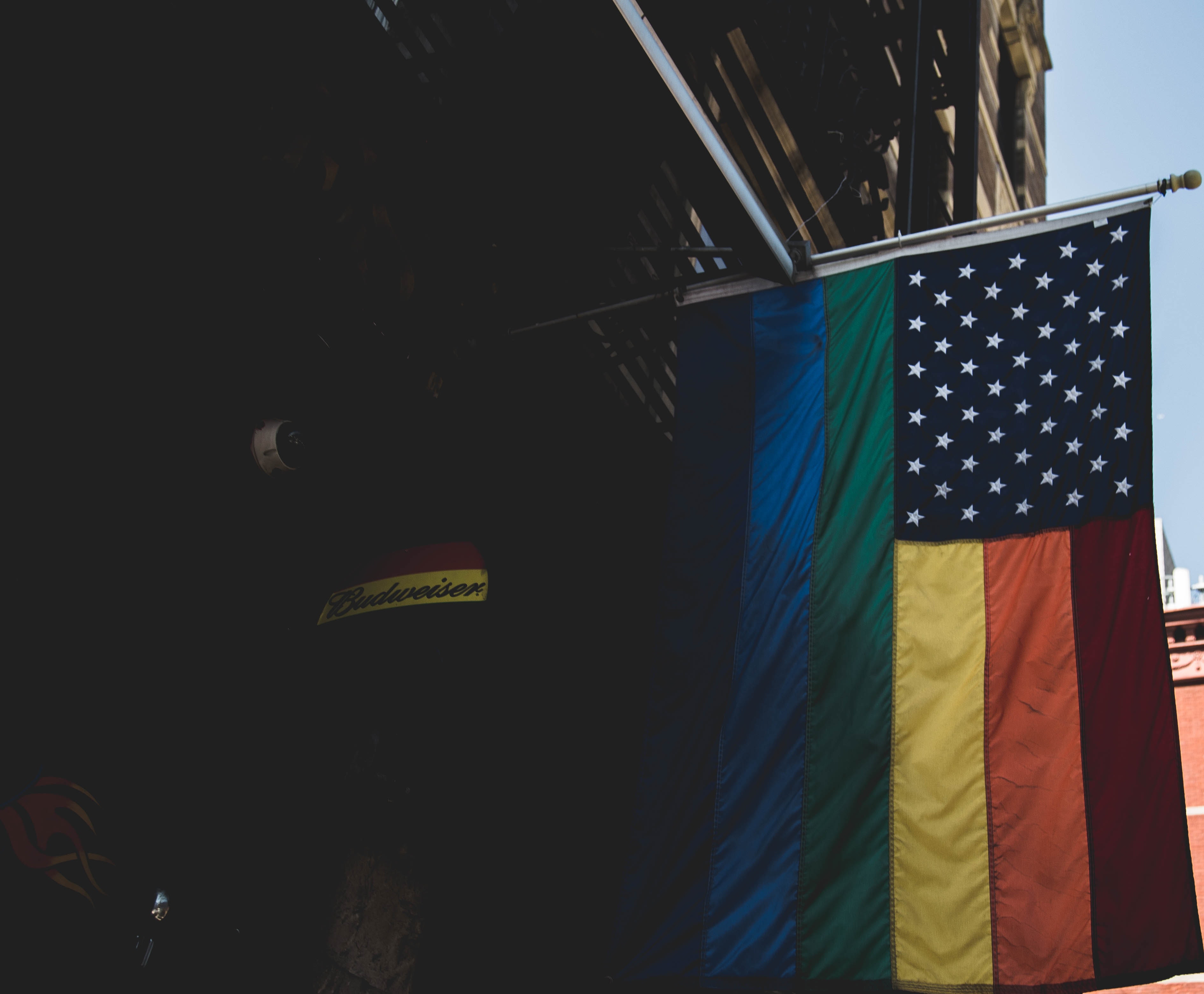The False Allure of U.S. Power

Visiting the Peace Memorial Museum in Hiroshima this summer led me to reflect on U.S. power with a new sense of urgency.
In my opinion, the museum does a very effective job of accomplishing its narrow purpose: to illustrate the unjustifiable and pervasive damage of the atom bomb, in the hope of keeping the world safe from the hydrogen bomb. It does this by preserving artifacts from the destruction, telling stories, and preserving images of radiation’s effects on the human body that were too graphic for me to comfortably share.
The museum also centers the stories of victims, especially children, who suffered long after the bomb was dropped. It does not go out of its way to vilify the United States, though it does mention the reluctance of both the Japanese and U.S. governments to share details of the destruction with their citizens. One display also notes that the Japanese government publicly protested the use of nuclear weapons internationally, prior to the second bomb being dropped on Nagasaki. The United States ignored that plea to ethics, for all our talk of non-combatant immunity. (All large scale bombing, but preeminently nuclear bombing, violates the criteria of the “Just War Theory” that both our churches and the U.S. military sometimes invoke).
___________________________________________
Due to our own deeply engrained self-righteousness, it is far easier to get lost in the crimes of “the other side,” and use those to ignore our own sins, past and present.
___________________________________________

A friend of mine who visited the museum with me was less impressed by the narratives portrayed. To him, the museum seemed to capture only one part of the reality of World War II—with little mention of the role which Imperial Japan played in starting the war by attacking Pearl Harbor, the Phillipines, Guam, Midway Island, and Wake Island; of the subjugation of other peoples on islands across the Pacific and in Manchuria prior to that attack; of war crimes committed by soldiers; or of the “comfort women” who were abused in Korea and other places. He was right that there is a danger of ignoring the root disease—war—in favor of paying attention to just one expression of it, in the nuclear bomb. And there would be danger in blaming only the United States’ side of the war, too.
To me, though, the experience was still a necessary conviction of the United States. Due to our own deeply engrained self-righteousness, it is far easier to get lost in the crimes of “the other side,” and use those to ignore our own sins, past and present.

Japanese soldiers are not the most recent occupying force to abuse Korean women. Ours still do—in gijichon (“camptowns”) organized around selling sex to soldiers.[1] Japanese planes are not the most recent to bomb civilian populations, in Asia or across the world. Ours do—chronically.[2] And Japan is not the empire which currently dominates Pacific islands most directly. Ours is.
In this context, I find it more useful to learn about the roots of U.S. dominance, U.S. military interventions, and the ways in which the U.S. took total war to new extremes—both in targeting civilians abroad, and in “monitoring” its own Japanese-American citizens in concentration camps at home. Neither the actions of the U.S. during World War II, nor its birth as a nation rooted in genocide and slavery, suggest that our country is culturally immune to the temptations of power. We would do well to beware abuse at home, just as we do abroad.
___________________________________________
Especially while living in the most powerful empire the world has ever seen, the answer is not in seeking greater might.
___________________________________________

A relative told me, not that long ago: “Seeking power is not a Christian first move. It must always be considered—but it’s not the first move.” To me, that seems right. Rising up in opposition to expanding, abusive empires in the 1940s was a necessary use of power—but it required a huge transformation of the U.S. economy, foreign policy, and self-perception. That comes with a cost. We must remember both the sacrifice and struggle of the “Greatest Generation” against external threats, yes—but also be honest about the moral compromises that we made, and the lasting impacts of those choices.
Both sides of our involvement in World War II remain relevant today. The international goodwill that the United States won in opposition to Nazi Germany and Imperial Japan, served to help build international institutions for global connection and cooperation.[3] But the damage of our acceptance of weapons of mass destruction is still reflected in our rejection of a “no first use” policy. And, despite past reparations to Japanese citizens, our toleration of today’s concentration camps at the southern border reflect back to that first precedent.
We live in a time of authoritarian leaders seizing the reins of countries across the globe, generally under the guise of democracy. It’s a disconcerting trend—and naturally evokes the sense that “we ought to do something about it.” But, in the context of U.S. power, I think the greatest danger lies at home. As people of faith, we will always be called to influence the world for the better. But, especially while living in the most powerful empire the world has ever seen, the answer is not in seeking greater might.
___________________________________________
If we are more honest in telling the stories of all empires’ greatest failings—especially our own—then perhaps we can learn from that history and really seek peace.
___________________________________________
The dangers of the world are still very much present, and lone countries continue to grapple with them in dangerous ways. Nuclear experimentation continues. Although many details are unclear, it may be that the accident alleged to stem from the Skyfall missile project[4] in Russia was more destructive than Putin will admit. The recent Netflix documentary of Chernobyl, though less accurate than the museum in its portrayal of radiation poisoning, highlights the pattern of the Russian government’s secrecy around nuclear failures. (Remember, too, that the Hiroshima museum tells of the U.S. government underselling that destruction.)
In Hiroshima, I was reminded that memory has power. If we are more honest in telling the stories of all empires’ greatest failings—especially our own—then perhaps we can learn from that history and really seek peace.
No more Hiroshimas.

Editor’s note:
This year, August 6 and August 9 marked the 74th anniversaries of the bombings of Hiroshima and Nagasaki. Although it is often claimed that the bombings were to “save lives” by shortening the war, it is well documented that Hiroshima was chosen by the U.S. military to maximize fear and destruction and to “test” the power of the bomb. It lies far from the coast that faces the United States and had previously been kept largely untouched by the firebombings of years of war. The second bomb came only after Japan had attempted to internationally protest the use of such weapons.

Author Bio: Henry Koenig Stone served as Managing Editor of Unbound and Associate for Young Adult Social Witness from June 2017 – June 2019. Henry holds a B.A. in Economics (2015) from the University of Chicago and an MPP (2017) from UChicago’s Harris School of Public Policy. He remains in Louisville, KY to do activism and campaign work, and is a member of St. John United Church of Christ.
[1] Lee, Na Young. “The Construction of Military Prostitution in South Korea during the U.S. Military Rule, 1945-1948.” Feminist Studies33, no. 3 (2007): 453-81. doi:10.2307/20459155. Accessed via JSTOR, 08/23/2019.
[2] Astore, William J. “The American Cult of Bombing and Endless War: The Very Dark Side of US Air Power.” Commondreams.org. Published 06/04/2019. Accessed 08/23/2019.
[3] Stone, Randall W. “Making Peace With International Organizations.” Unbound, justiceUNBOUND.org. Published 08/15/2019.
[4] Sanger, David E. and Andrew E. Kramer. “U.S. Officials Suspect New Nuclear Missile in Explosion That Killed 7 Russians.” New York Times, nytimes.com. Published 08/21/2019. Accessed 08/23/2019.




Unbound Social